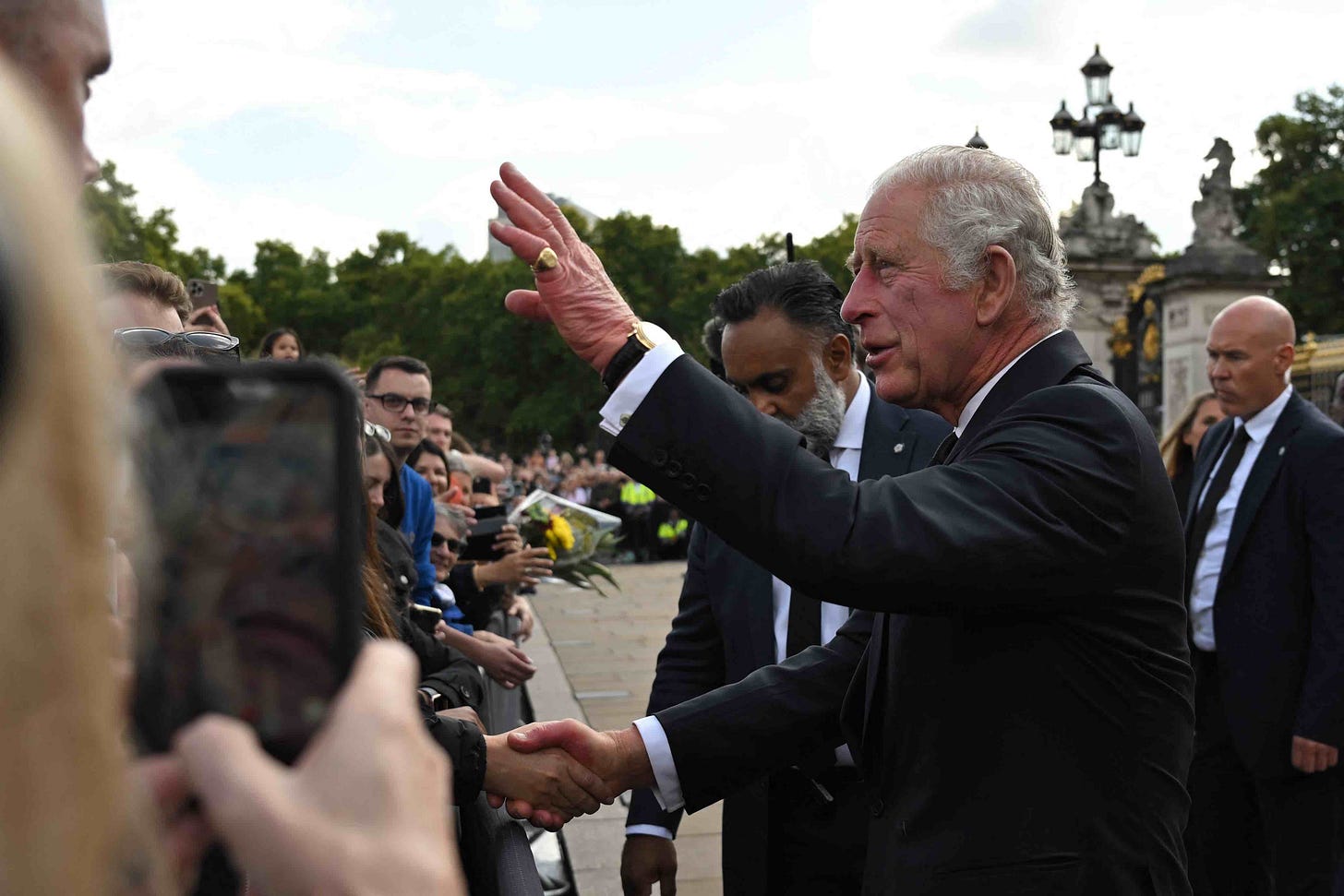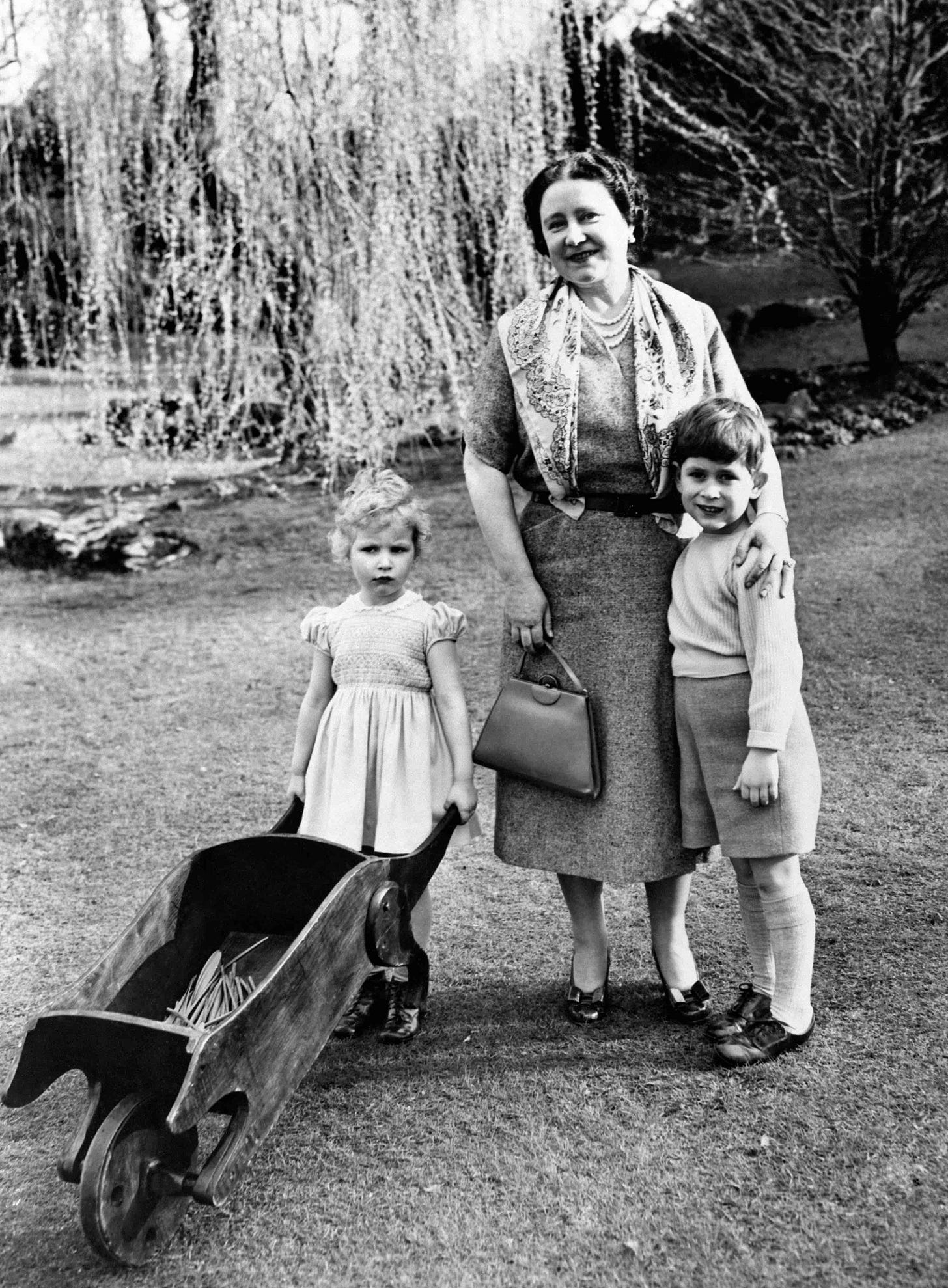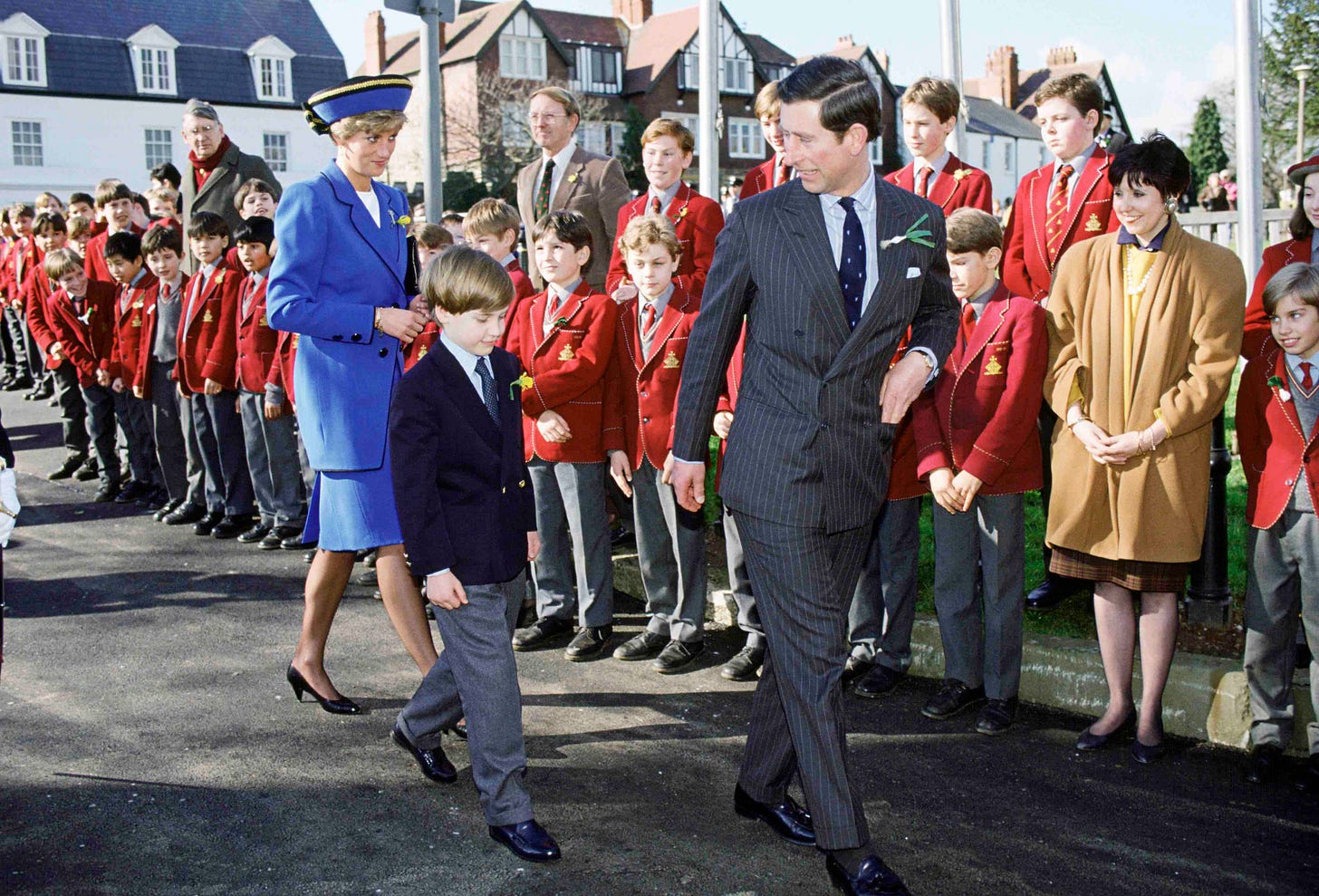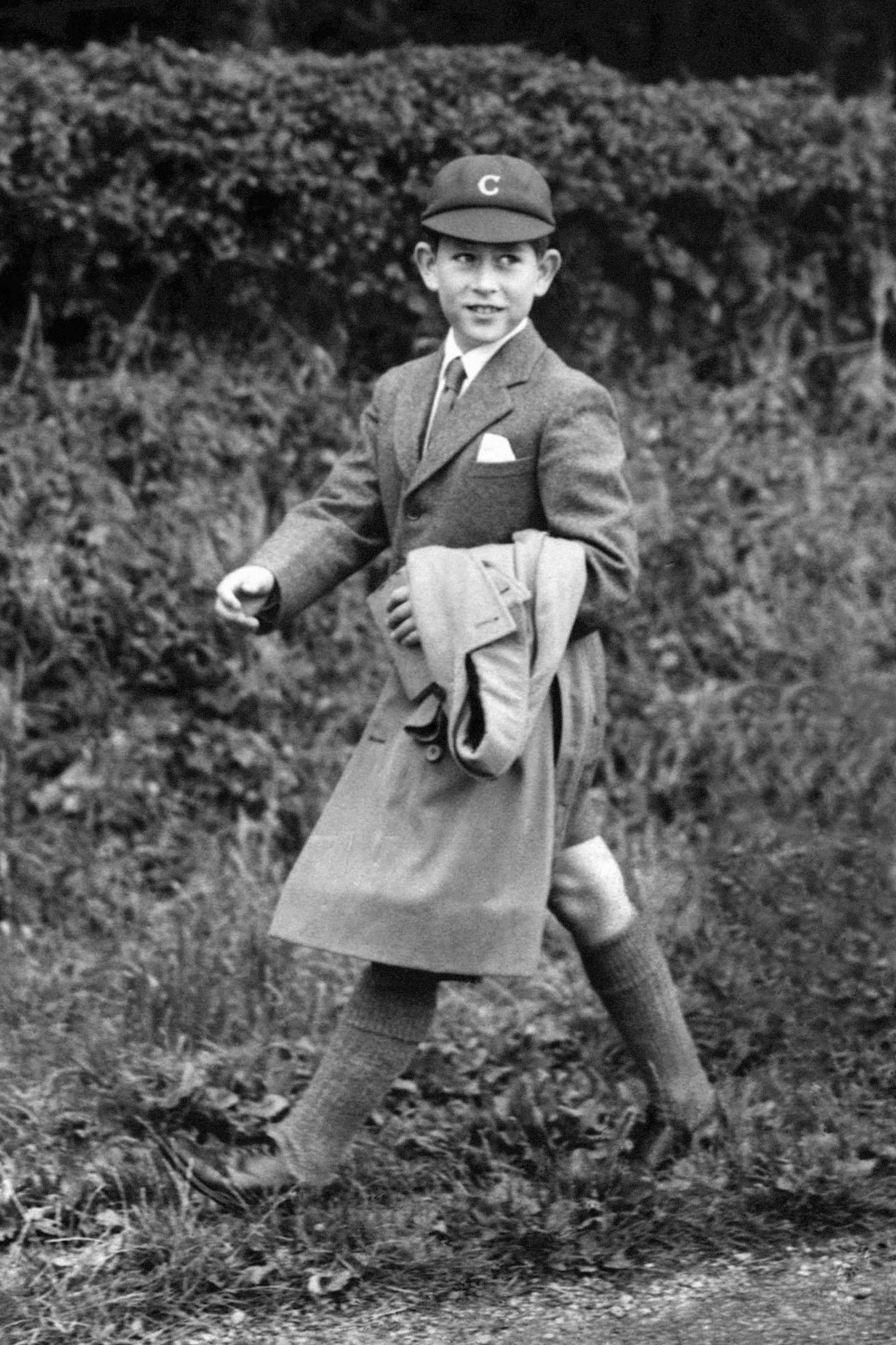Ten Things About King Charles III that Might Surprise You
From his political past to his penchant for painting, a look at some lesser-known aspects of the new monarch.

Queen Elizabeth II was described throughout her life and following her death as a mystery. “How we will miss not knowing what she thought!” wrote Tina Brown in the New York Times after the monarch’s passing.
The same cannot be said of Elizabeth’s son.
The new King Charles III is the first heir to the British throne to grow up under modern, intense media scrutiny, with tabloid newspapers tracking his every move (and, in the unfortunate case of his leaked phone calls, recording his private conversations). The whole world has watched him grow from a cherub-faced prince looking a bit lost on the balcony of Buckingham Palace for his mother’s coronation to the gray-haired, red-faced old man mourning her death seven decades later.
Now, as his reign gets underway, The Crown is meticulously dramatizing his — let’s be honest, already quite dramatic — life story, with the latest season tackling his spectacularly messy divorce. Prince Harry then fanned the flames further with his blockbuster book, Spare. Handstands in boxers aside (but what a visual) I’m struck by the compassion and love Harry chose to show Charles, as well as how the now-king tried and failed as a father.
Post-Spare and ahead of the coronation, I’ve renewed my efforts to learn about Charles. So much of his story is familiar — particularly the two decades spanning his courtship with Diana through her untimely death — but there are still some new tidbits in my reading that have surprised me. What follows is by no means a biography! That’s decidedly not the point of this newsletter. Instead, I’ve compiled a list of 10 details and insights that seem worthy of underscoring, assorted aspects of his life that felt interesting or revealing.
ICYMI: The SMT newsletter discussion thread on the coronation (and the conflicting feelings many of us are having) has 180 comments and counting. I am so grateful for the thoughtful conversation. If you haven’t already, upgrade to a paid subscription for $5 a month and join us — I’d love to hear your thoughts.
PS: If you are looking for more on Charles, I recommend the following books: The Prince of Wales: A Biography by Jonathan Dimbleby (which the then-prince cooperated with), Prince Charles: The Passions and Paradoxes of an Improbable Life by Sally Bedell Smith and the new release from Christopher Andersen, The King. I’ve also just ordered Catherine Mayer’s Charles: The Heart of a King.
Ten Surprising Things About King Charles III
‘He’s not of his time’
I want to begin with one recurring theme I noticed while reading about Charles from multiple authors. There’s often a broad sense of the prince being at odds with his surroundings, a feeling that he didn’t quite fit in wherever he was at a given time. “He is young to think so much,” said Winston Churchill of Charles when he was just three years old. Britain's former Chief Rabbi Jonathan Sacks described Charles in 2013 as “both ahead and behind his time. He’s not of his time.” That same year biographer Jonathan Dimbleby, writing in the Guardian, remarked, “He is a complex individual, many faceted, not always at ease with himself or the world.” Historian David Cannadine told Sally Bedell Smith Charles is “a kind of eighteenth-century gentleman born two hundred years too late.”
His close relationship with his grandmother
Thanks to the Crown, Charles’s upbringing — and his father’s attempts to toughen him up — are quite well known. The prince’s own sentiments about his parents, expressed to Dimbleby, have been widely reported, too; he described his father’s “belittling” and “bullying” tendencies, while painting his mother as “not indifferent so much as detached.”
But what I find myself coming back to is Charles’s relationship with the Queen Mother. The extent of her influence, especially when it came to encouraging his interest in the arts, is striking. From Bedell Smith’s 2017 biography of Charles, excerpted in Vanity Fair:
“Charles was indulged by his maternal grandmother, the Queen Mother, and visited her frequently at Royal Lodge, her pale-pink home in Windsor Great Park, when his parents were away. As early as age two, he would sit on her bed playing with her lipsticks, rattling the tops, marveling at the colors. When he was five, she let him explore Shaw Farm, in the Windsor Home Park. She also opened up a world of music and art that Charles felt his parents didn’t adequately appreciate. ‘My grandmother was the person who taught me to look at things,’ he recalled. She never hesitated to give her grandson the hugs he craved. She encouraged his kind and gentle nature—the eagerness to share his candy with other children, and, when choosing sides for games, to select the weakest first for his team.”
THE HUGS! At the Queen Mother’s funeral in 2002, a 53-year-old Charles gave a speech describing her as “quite simply the most magical grandmother you could possibly have, and I was utterly devoted to her.”
(After all that Harry shared in Spare, I feel a particular sense of relief that Charles had someone like the Queen Mother in his life for as long as he did — although I wish Harry had that, too.)

His fashion sense could have come from the king who abdicated
Charles only met the short-reigning King Edward VIII once, in Paris more than four decades after the abdication and towards the end of the Duke of Windsor’s life. But several royal experts have suggested that the young prince took notes from his Great Uncle David’s celebrated sense of style. A 2017 Esquire piece, republished following the Queen’s death, suggested Charles’s “fixation with collars and cufflinks was probably passed on by his clothes-mad great-uncle Edward, the Duke of Windsor (a previous Prince of Wales), who set the tone for peacocking, aristo style during the Twenties and Thirties.” Author Christopher Wilson concurred, telling Town & Country: “I’d say that Charles was star-struck by the images he’d seen of David, and rather hoping that some of that glamour would rub off on him.”
However biographer Bedell Smith said Charles favored double-breasted suits as a way to differentiate from his father, Prince Philip, who favored single-breasted styles. More from her 2017 book:
“The Charles uniform was double-breasted with double vents and no pocket flaps (so that he could more easily plunge in his hands), peaked lapels (with a flower in the buttonhole), and silk-patterned handkerchiefs foppishly billowing from his breast pocket — another departure from Prince Philip’s straightforward white linen version. Charles’s custom-made Turnbull & Asser shirts had spread collars and French cuffs...He habitually wore his double-breasted jackets completely buttoned rather than leaving the bottom buttonhole fashionably undone, which would allow the fabric to fall more naturally and project a relaxed image.”

He wrote a children’s book
Really! In 1980, then in his early 30s and very much the eligible bachelor prince, Charles published a children’s book called, The Old Man of Lochnagar. It’s about an old man! I cannot! Here is the opening line: “Not all that long ago, when children were even smaller and people had especially hairy knees, there lived an old man of Lochnagar.” The summary on calls it a “a celebration of the natural world, and a flight of pure fantasy.” The book was made into an animated short by the BBC, which Charles narrated. You can watch it on YouTube.
He feared walking in Diana’s funeral procession
Following the Princess of Wales’s tragic death in 1997, Charles was concerned for his own safety. According to Christopher Andersen’s new biography, the then-prince was concerned “he could be assassinated” while walking behind Diana’s coffin. “An understandably morose Prince Charles penned four letters to be opened in the event of his death,” Andersen writes. “One to William, predicting he would make a great king; one to Harry, urging him to support his brother; a love note to Camilla; and a letter to the British people basically saying how sorry he was that he would not have the opportunity to be their sovereign.” (The themes of the letters to William and Harry hit differently after Spare, don’t they?)
Paid subscribers (thank you for your support!) can continue reading for more about Charles’s political past, his favorite foods, his penchant for painting, the questions around donations to his charities and the secret of his relationship with Camilla below. Consider upgrading today if you haven’t already! And if for any reason you cannot afford a subscription, please sign up for a free one first and then send me an email at Hello@SoManyThoughts.com.
Keep reading with a 7-day free trial
Subscribe to So Many Thoughts to keep reading this post and get 7 days of free access to the full post archives.







